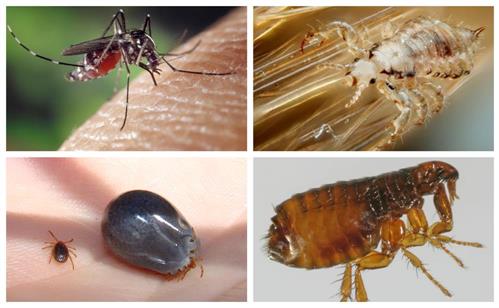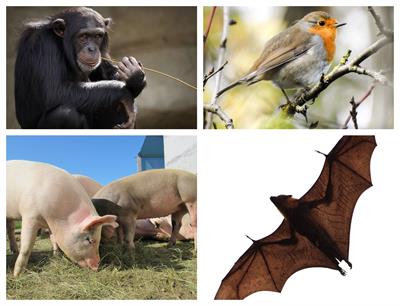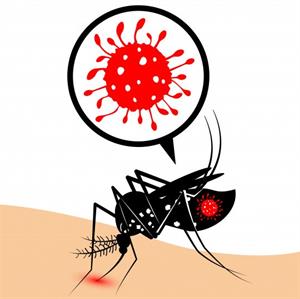
PUMPA - SMART LEARNING
எங்கள் ஆசிரியர்களுடன் 1-ஆன்-1 ஆலோசனை நேரத்தைப் பெறுங்கள். டாப்பர் ஆவதற்கு நாங்கள் பயிற்சி அளிப்போம்
Book Free DemoVector:
What do you think is the deadliest animal for humans? You may think it is either lion or a shark. But mosquito is the deadliest organism for the human. Mosquito is killing human by spreading diseases such as Malaria, Dengue, Chikungunya. These diseases are called as vector borne diseases. In this topic we are going to explore about the vector borne diseases.
Vectors are living organisms which act as intermediate carriers of infectious agents. They transfer the infectious agents from one human to another human or from an animal.
Vectors can be an insect or an animal. Diseases such as malaria, filaria, chikungunya, dengue are transmitted through insects, and the diseases transmitted by animals are bird flu and swine flu.
Important!
Pathogens stick to flies bodies as they sit on garbage, and these pathogens are then transferred to food when the flies sit on it again.
Example:
Mosquitoes, lice, ticks and fleas.

Top left to right : Mosquito and lice; Bottom left to right - Ticks and fleas
Examples of animal vectors:
Example:
Monkeys, bats, pigs and birds

Top left to right: chimpanzee and bird; Bottom left to right - pig and bat
How it spreads the disease:
Vector such as mosquitoes, do not carry the pathogen from its birth. During a blood meal from an infected person, mosquito gets ingested with the pathogen, and when it bites an animal or healthy person, the pathogen will transmit into them. Thus, disease-producing microorganisms are transmitted through vectors.

A mosquito bite carrying an infectious agent
Vector-borne diseases:
Diseases transmitted from one human to another through vectors are called vector-borne diseases.
Comparison of airborne, waterborne and vector-borne diseases
Topics | Airborne | Waterborne | Vector-borne |
Mode of transmission | Contaminated Air | Contaminated food and water | Insects and animals |
Reservoir of infection | Mostly within the host | water, food and host | Vector and host |
Infectious agents | Bacteria and Virus | Bacteria, virus | Protozoa, worms, virus |
Host | Humans and animals | Humans and animals | Humans, animals |
Diseases | Tuberculosis, whooping cough, diptheria, common cold, mumps, measles, chicken pox, influenza | Cholera, typhoid, polio myelitis, acute diarrohea, Hepatitis A | Malaria, dengue, chikungunya, filaria |
In the following sections, we will study vector borne diseases such as,
- Malaria
- Chikungunya
- Dengue
- Filaria
Reference:
https://www.flickr.com/photos/sanmartin/4900275659
https://upload.wikimedia.org/wikipedia/commons/c/c0/Tick_before_and_after_feeding.jpg
https://upload.wikimedia.org/wikipedia/commons/2/2d/Ganga_bird_06.jpg
https://pixabay.com/photos/chimpanzee-monkey-ape-mammal-zoo-3703230/
https://pixabay.com/photos/pigs-alp-rona-furna-sow-happy-pig-214350/
https://upload.wikimedia.org/wikipedia/commons/b/bf/Flying-Fox-Bat.jpg
https://www.freepik.com/premium-vector/close-up-virus-mosquito-sucking-human-blood_9830897.htm